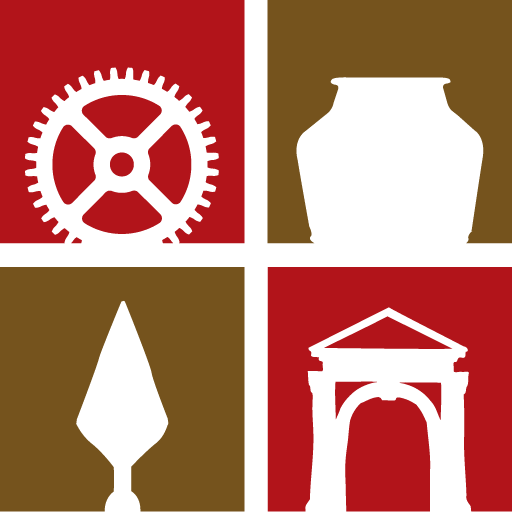The ASHA Awards program aims to promote excellence in historical archaeology in Australasia by recognising best practice in the heritage management of historical archaeology; promoting the communication of archaeological results to the public; and rewarding outstanding research by students.
Awards for 2024 are:
- R. Ian Jack Award for Best Honours Thesis (annual)
- Judy Birmingham Award for Best Historical Archaeology Heritage Report (annual)
- Martin Davies Award for Best Public Archaeology Initiative (annual)
Other awards given over longer time periods are:
- Maureen Byrne Award for Best Postgraduate Thesis (bi-annual)
- Graham Connah Award for Best Publication (5-yearly)
- Ilma Powell Honorary Award for Distinguished Service (occasional)
In 2021-22 the awards were realigned to coincide with National Archaeology Week. The 2023 prize winners are listed below.
For more information see Rules and Guidelines and Instructions for Entry or contact the ASHA Awards Co-ordinator on [email protected].
2023 ASHA Awards
R. Ian Jack Award for Best Honours Thesis
No nominations were received for this award.
Maureen Byrne Award for Best Postgraduate Thesis
Winner
Dr Caitlin D’Gluyas (University of New England), for Landscapes of a Juvenile Institution: A Multiscalar Historical Archaeological Study of Point Puer, 1834-1849
Judges’ comments
The aims of this dissertation are well articulated and refreshingly modest. The author has a broad conceptualization of the problems she tackles and is unafraid to embrace the essential ambiguity of the data she deploys and the theories she articulates. The dissertation is refreshingly free of jargon and the quality of the research and analysis enhance the value of what is an important place – nationally and globally – for the investigation of childhood and youth. Historical archaeology would be well served if the author seeks to revise and then submit a manuscript to a global publisher.
Judy Birmingham Award for Best Historical Archaeology Heritage Report
Winner
Ochre Imprints for Melbourne Metro Tunnel Town Hall Archaeological Precinct, project report
Judges’ comments
The unanimous assessment was that report presented the findings and analysis from the complex, multi-phase site in a clear and engaging way. The findings from the artefact analysis had been used throughout the report to inform the understanding and interpretation of the site.

Martin Davies Award for Best Public Archaeology Initiative
Winner
Kurt Bennett, Matthew Gainsford Rebecca Cox and Dr Janice Adamson, for the HMS Buffalo Re-examination Project.
Judges’ comments
This work demonstrates what might be achieved in public archaeology with low-tech, low-budget but big-effort endeavours having carefully targeted aims.
An impressive Project … the school program with the skateboard is genius.
The project does not lose sight of the historical significance of the site and its context in both New Zealand, but also British colonial history. And
In terms of meeting the objectives for public benefit, there is no doubt that this project achieves a great outreach without the huge budget usually required, and demonstrates that the combination of grants, partnerships, volunteer groups with associated interests and clear objectives can increase awareness, enjoyment, and engagement with local archaeological sites, and indeed, in this case maritime archaeological sites.
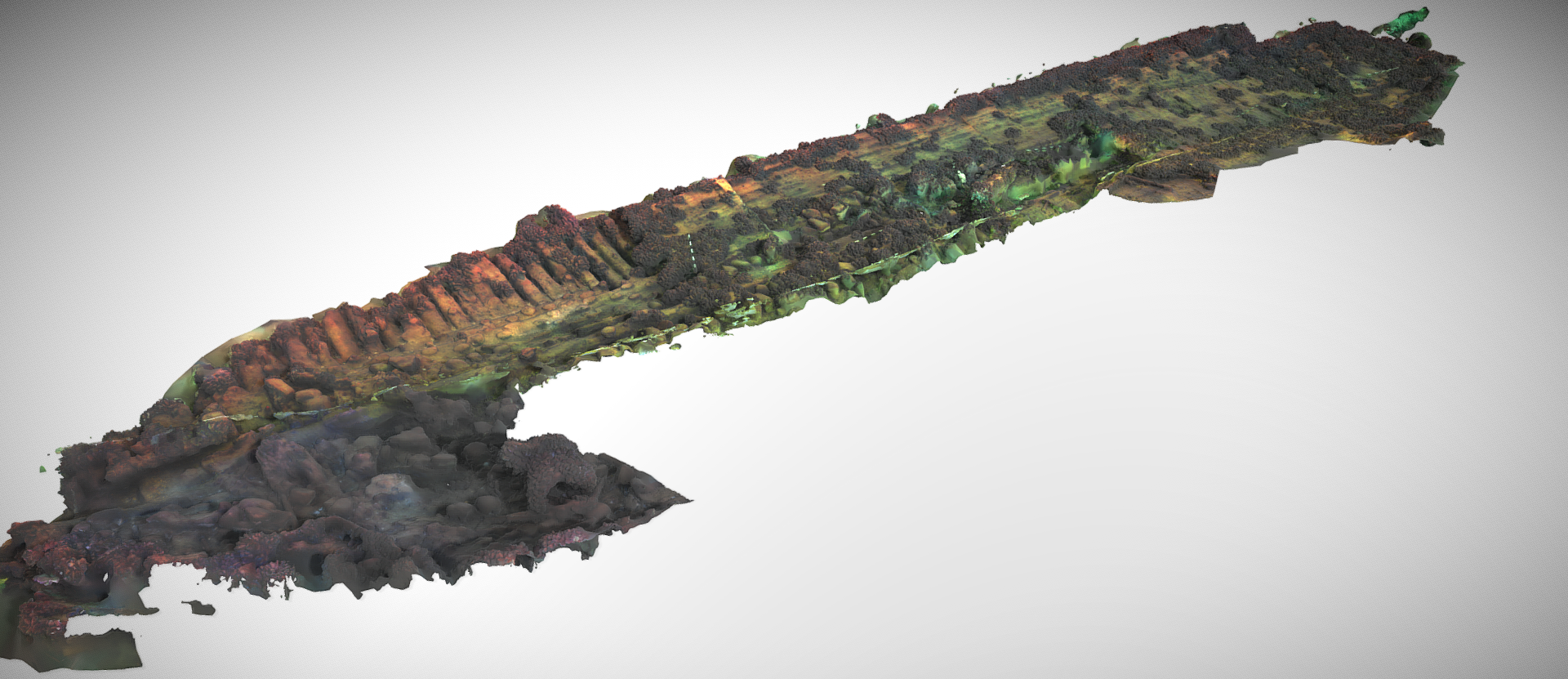
About the awards
R. Ian Jack Award for Best Honours Thesis
This award will be made to the best thesis completed by an Honours student, MA Preliminary student, Graduate Diploma student, or Coursework Masters student in a university in Australia or New Zealand.
In 2022, the winner received a cash prize of $500 and paid membership of ASHA.
About Ian Jack
By training and practice a historian, Ian was also an early ASHA member. He was one of the first practitioners of industrial archaeology in Australia, and with Judy Birmingham and Denis Jeans published two important texts on colonial technology, Australian Pioneer Technology (1979) and Industrial Archaeology in Australia (1983). In his position of Dean of Arts at the University of Sydney in the early 1970s Ian played a further key role in the development of the field by facilitating the introduction of the first undergraduate subject in the area, which was coordinated by Judy Birmingham and to which Ian also contributed. Ian continued to research and publish in many aspects of Australia’s industrial heritage, including work on the iron industry (Australia’s Age of Iron, written with Aedeen Cremin) among others. Ian passed away in 2019.

Maureen Byrne Award for Best Postgraduate Thesis
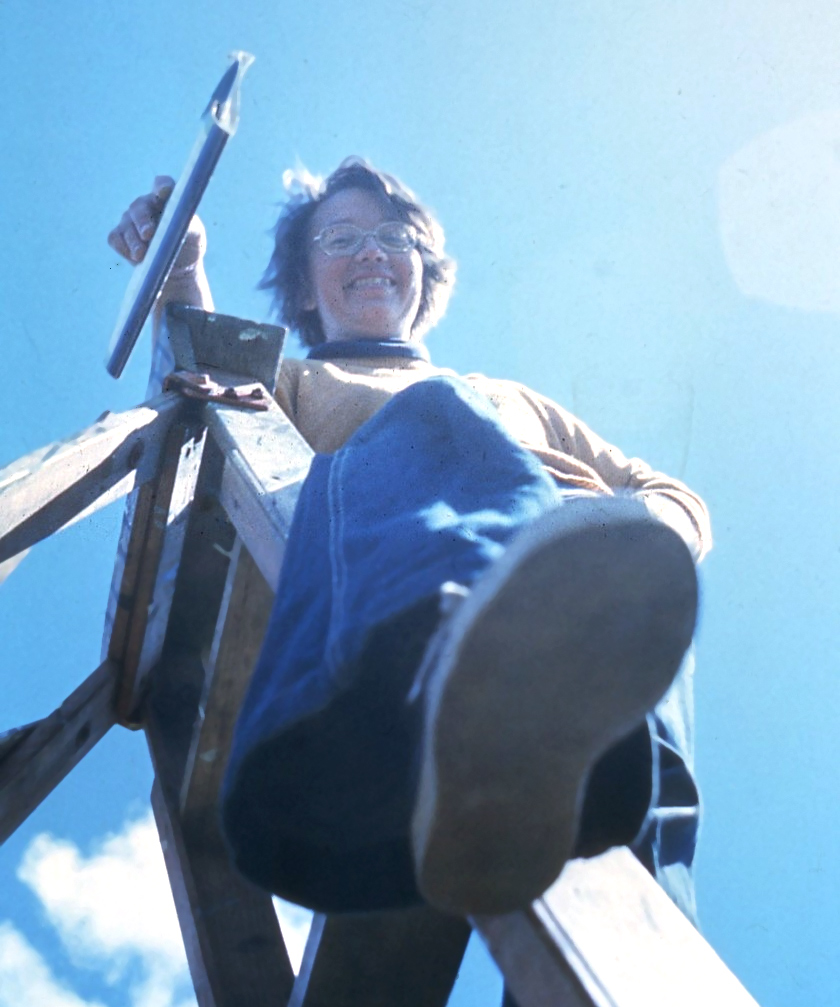
This award will be made for the best thesis completed by an MA or PhD student in a university in Australia or New Zealand.
About Maureen Byrne
In 1976 Maureen Byrne was the first doctoral student in Historical Archaeology at the University of Sydney. Two years before, she had been among the undergraduates taking the first classes in Historical Archaeology and in the following three years she took a precocious role in excavations at Irrawang, Sydney Old Burial Ground, Hill End, Addington in Ryde, and a well in Rozelle. In Tasmania she directed the archaeological work at Ross Bridge (publishing a admirable book), completed an excavation report on the Coal Mines Station on Tasman Peninsula, and threw herself into her doctoral work at Port Arthur. Her excavation of the first Prisoners’ Barracks at Port Arthur with a large team, mainly from the University of Sydney, had a very successful first season early in 1977, but she died at the age of twenty-four in November that year after a severe asthma attack.
Judy Birmingham Award for Best Historical Archaeology Consulting Report
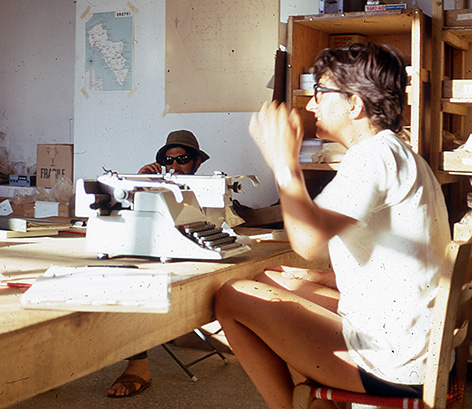
This award will be made for the best report on a historical archaeology project carried out as a consultancy in Australia or New Zealand.
In 2022, the successful award winner receives a certificate and publicity on the ASHA website and social media platforms. In addition, the winner will be provided with an ASHA badge suitable for inclusion on their company website.
About Judy Birmingham
Judy came to the University of Sydney in 1961 to teach Near Eastern archaeology, but by the end of the decade had begun laying the foundations for the field of historical archaeology in Australia through her work on sites such as Irrawang and Wybalenna. In 1974 she introduced an undergraduate subject in historical archaeology, with the help of Ian Jack and Dennis Jeans, and began the first formal training of students in this area. At the same time, she was working to establish heritage legislation in NSW and participating in the federal government’s Hope Enquiry which led to the establishment of the National Estate. Judy has been steadfast in her support of ASHA, first as secretary in the 1970s and then as president, committee member, and editor of Australasian Historical Archaeology. Under her leadership the society expanded from a small Sydney nucleus to include members all over Australia and New Zealand, and her intellectual leadership in developing a theoretical basis for the field has been invaluable.
Martin Davies Award for Best Public Archaeology Initiative
This award will be made for the best project presenting historical archaeology to the general public in Australia or New Zealand.
In 2022, the successful award winner receives a certificate and publicity on the ASHA website and social media platforms. In addition, the winner will be provided with an ASHA badge suitable for inclusion on their company website.
About Martin Davies
Martin was among the first undergraduates to study historical archaeology at the University of Sydney in the 1970s. He worked on the archaeological investigations of Norfolk Island and Fort Scratchley before becoming part of Brian Egloff’s pioneering conservation team at Port Arthur in 1983. His work there was influential far beyond the significance of that site, as he instituted the field schools that helped train the next generation of historical archaeologists around the country, and, with Krystal Buckley, wrote the Port Arthur Procedures Handbook, which is still a benchmark for historical archaeologists in Australia. Martin then moved to Parks and Wildlife Tasmania where he was influential in the conservation and interpretation of sites such as Highfield House, Eaglehawk Neck Military Barracks and Maria Island. Martin was on secondment from Parks when he was killed in a fall in Antarctica in 1995 at the age of 37.
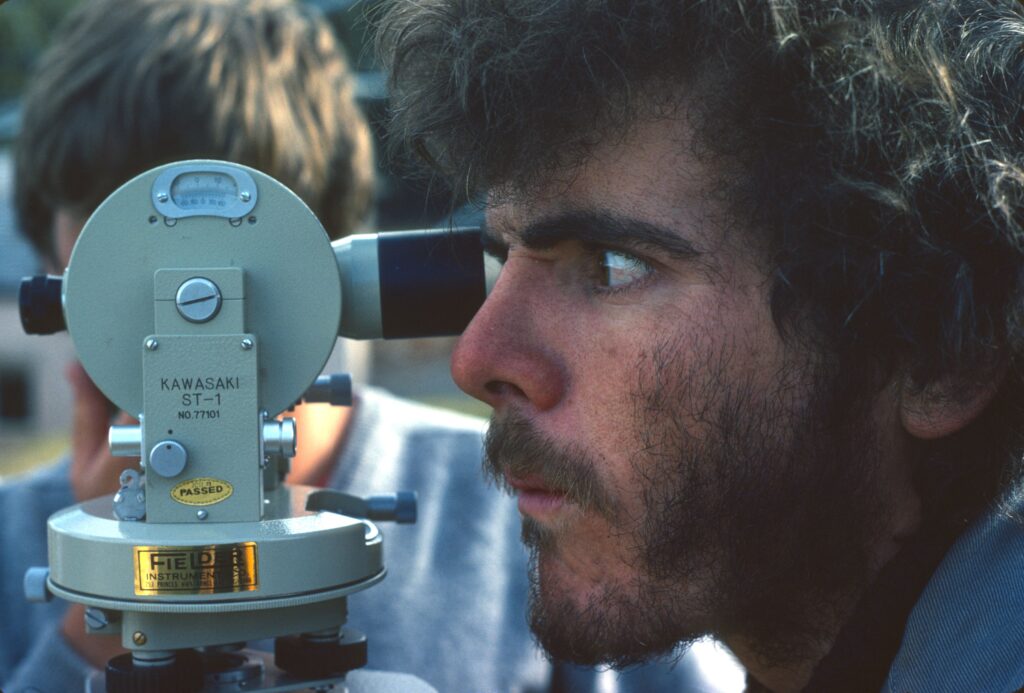
Graham Connah Award for Best Publication
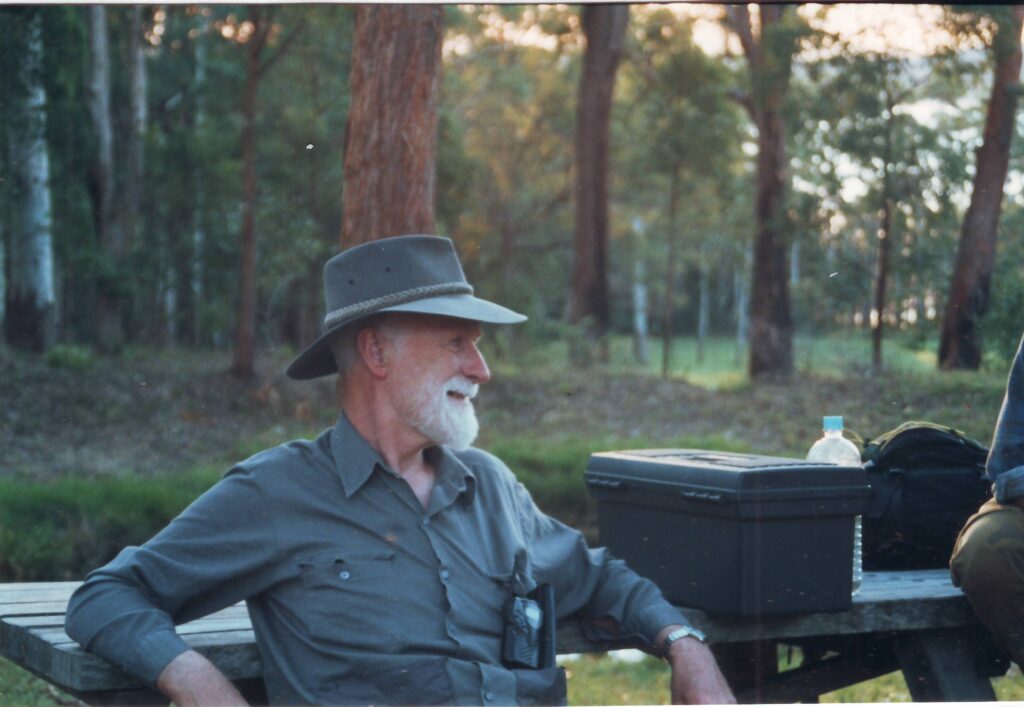
This award will be made for the best book or e-book on historical archaeology in Australia or New Zealand.
About Graham Connah
An Africanist from the start to the end of his career, Graham turned his attention to historical archaeology when he came to the University of New England in the early 1970s and wanted to provide students with more diverse field experience. He trained many students over the years at sites such as Saumarez Station, Winterbourne, Bagot’s Mill, and Regentville, and had a long-standing involvement with ASHA as committee member, president, and perhaps most significantly, founding editor of what became Australasian Historical Archaeology. A passionate advocate of the importance of publishing results, Graham not only provided the means for others to do so, but published diligently himself. His 1988 book The Archaeology of Australia’s History was the first substantial overview of the field. He retired from UNE in 1995 but continued to take an active role in Australian and African archaeology through his retirement, including publishing a book on his work at Lake Innes, NSW in 2007. Graham passed away in November 2023.
Ilma Powell Honorary Life Membership Award for Distinguished Service
This award is made to ASHA members who have provided distinguished service to the Society and the field of historical archaeology in Australia and New Zealand. It is awarded by the Committee.
About Ilma Powell
Ilma’ special talents were closely involved when ASHA was founded in 1970-1971: thereafter she was a slave-driving member of the ASHA committee for twenty five years. In turn Hon Secretary and Hon Treasurer her work was key to keeping the Society financial, and maintaining its correspondence and administration. Similarly her pivotal role as admin assistant in Historical Archaeology (HA) to Judy Birmingham from 1970 to 1996 at Sydney University was critical during those heavy years of double teaching and research. Ilma maintained the HA paperwork, berated accounts departments, logged student assignments, excursions and records, and welcomed students and ASHA members alike as ‘her darlings’. Who of us will ever forget her warm-hearted enthusiasm for ASHA and HA, along with her successful orders, repeated over twenty five years, to ‘bring back the receipts’!

